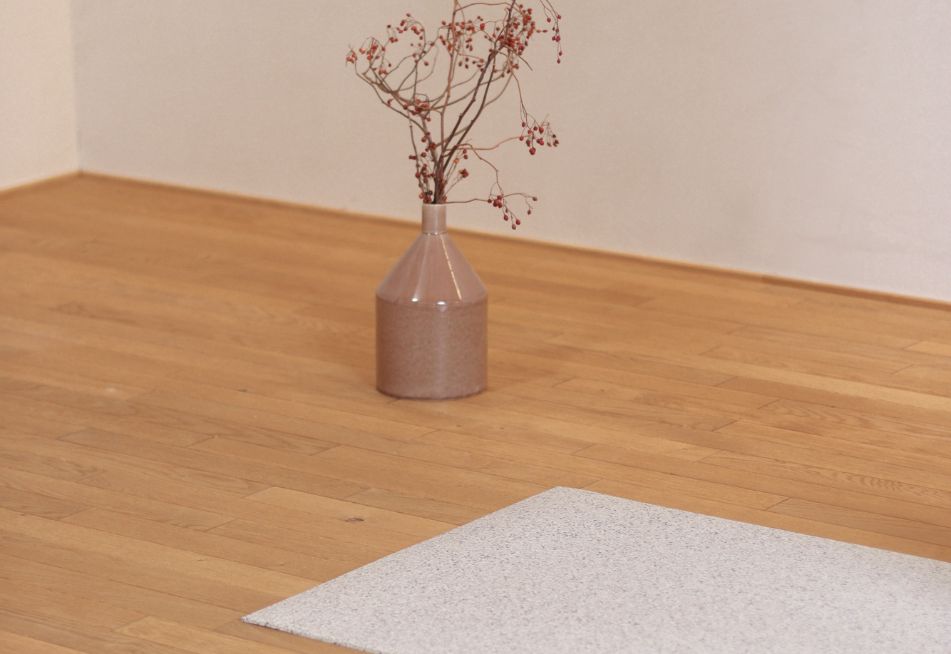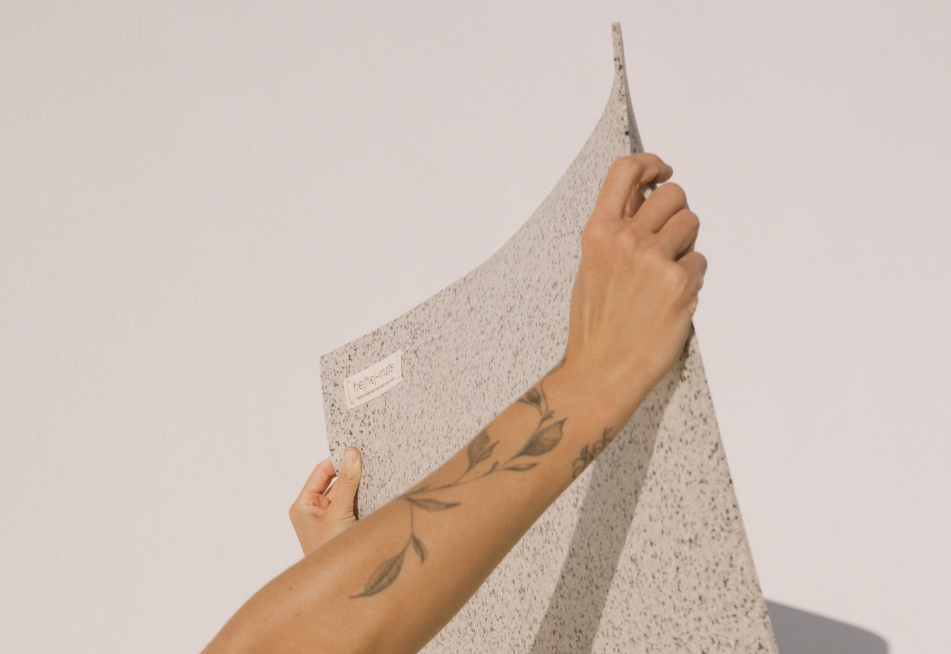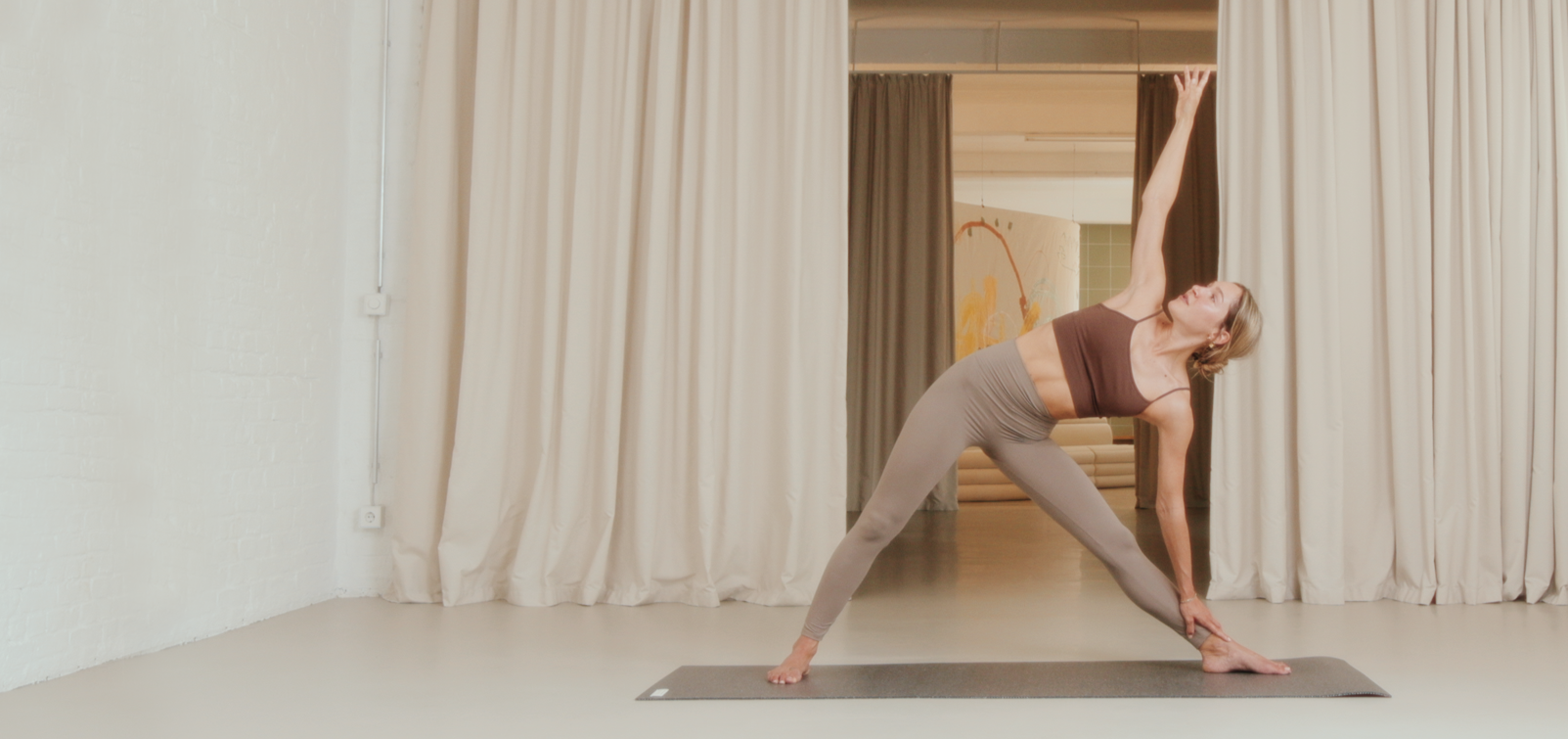We are very proud to show you Alberto Milani 's great article today. He describes the connection between yoga and climbing in a very special way. Even if you have never been climbing before, you will certainly feel a deep connection and positive effects on each other. At the end you will find 4 asanas that will support you as a climber in just the right way. Thank you Alberto for your great guest article!
Yoga and climbing
Calm and distant. The voices of friends resonate far away, in another dimension. Move after move, the body flows on the rock, harmoniously. The mind does not worry about the next step, nor the one before, but moment by moment, without judgment or fear, you observe what happens, here and now.
The painful tightness of climbing shoes, the sharp holds under the tips of the fingers... everything disappears, everything becomes harmony, presence, focus, finding a manifestation through the movement of the body.
You conclude the climb in profound joy, without any liberating scream: there is nothing to release, because everything is as it should be, an expression of what we are, fusion with nature, union of body, mind and soul. In another word, Yoga! A moving meditation in which our body leads us towards the highest shores of our consciousness.

Meditation while climbing
True meditation is not something that we can systematically promote, but it is a gift we receive from above. In climbing it is the same: we push ourselves to our limits, in body and mind, we try to focus, we try to empty our mind and be present in the here and now, but we're not sure to reach full awareness... it just happens, sooner or later!
For the majority of climbers, the mere gratification of the physical gesture and the achievement of a tangible result are the only motivation. For them climbing is just a sport and that's it. But over time, this approach becomes a prison, a chain that leave the many spiritual potentials of this activity unexpressed.
It doesn't matter to distinguish about what climbing is in its different disciplines (sport climbing, bouldering, mountaineering...); they are just alternative rivers that flow into the same sea. Using our body we face our limits, not in struggle but in harmony with nature and we learn to know ourselves better, starting this climb along the rock which is actually an ascent into our own consciousness.
It is no coincidence that many climbers have always approached yoga, Tai Chi or other spiritual disciplines, the foundations of which give a more authentic meaning to the instinct that leads us to these small or large walls, searching for of our true self.
How yoga philosophy supports climbing
In these grounds, it is thanks to the eight limbs of Patanjali's Ashtanga yoga that we can understand what climbing can be from a "yogic" perspective.
In the vertical world, ethical discussions often stir things up! The ethics used in an ascent, the truthful communication of the results achieved, the respect for the rock, are examples that introduce Yama and Niyama into climbing.
Ahimsa, non-violence towards our body; Satya and Asteya, the truth in recognizing our limits and the honesty in reporting our results; Aparigraha, the non-attachment towards the simple difficulty achieved; Sauca, the cleanliness of the rock and nature; Tapas, passion and discipline in training… these are just some examples.

Physical exercises, asanas, for climbing
Asanas, then, are certainly the most obvious step: on a “simple” level, they help us to improve our skills by increasing flexibility and force, preventing injuries or rebalancing a posture that climbing frequently tends to unbalance. But beyond this, the awareness of the body and the focus required for asanas teaches us to use the same awareness in the movements required in the ascent, to keep us present in the "here and now". This close contact between climbing and the practice of yogic postures is often also the greatest risk that many climbers run when approaching yoga: the exterior beauty of these postures, pushing the body to its limits in the asana and the discipline necessary in doing it can stop the path at this level, and the practice becomes only a mere, albeit rewarding, physical exercise.
Pranayama
Pranayama also has a dual role in climbing. It helps us to reoxygenate the body, it accelerates recovery, it calms fears while maximizing performance. But indeed it can take us deeper: even in climbing, we can control our vital energy to keep the control of our mind. Here too techniques such as Ujjayi Pranayama become very important to transform the ascent into a true Vinyasa, in which body, breath and mind respond in unison to lead us further.
Discover who you are
This brings us to the final steps of our journey: sensory stimuli disappear and the mind reaches a permanent state of concentration and meditation. A flow from Pratyhara, to Dharana and finally Dhyana. Again, the techniques that encompass these three limbs (and which are often indiscriminately called "meditation") are excellent exercises for resolving stress, anxiety, fear and generating positive moods, both in climbing and in any other area of our lives.
But yoga is not just that... and neither is climbing!
So we arrive at the last steps of our journey: sensory stimuli disappear and the mind gains a lasting state of concentration and meditation. A flow from Pratyhara, towards Dharana and finally Dhyana. Also in this case, the techniques that embrace these three limbs (and which are often defined indiscriminately as "meditation") are excellent exercises to solve stress, fear, anxiety and for inducing positive moods, in climbing as well as in any sphere of our life.
But yoga is not just this... and neither climbing is!
Let's go back to the beginning of this journey, to those intense moments in which we experience through our whole being, in serenity and complete presence, with conscious movements of our body, controlled breathing, mental focus. It is here that climbing transforms into Pratyhara, to reach Dharana and a true moving meditation. It is here that we rediscover who we are, the meaning that this passion has in our lives and, in the infinite moments in which we move on the rock, we can only be ourselves, and just be happy and joyful!
Namasté

Yoga for climbers - asanas that I would recommend to climbers
(1) Adho Mukha Svanasana is one of the most important yoga poses and it is very important also for climbers. It is an asana which acts on the whole body, giving flexibility to our legs and back, opening shoulders and chest and compensating the wrong posture induced by climbing. Moreover the pressure of both hands and feet on the ground increases the physical and mental stability that we need when climbing a rock.
(2) Vrkasana is another very popular yoga pose which gives many benefits to climbers. The balance required to hold this pose firmly and steady helps in rooting our body and mind in the “here and now”, as always required in climbing. It increases ability to focus our mind and to overcome the fear of instability and it promotes a strong force of will and the determination to reach our objectives. Then the position of one foot in the half Lotus pose contributes in opening our hip.
(3) The Cobra Pose, Bhujangasana, is an asana that, together with Adho Mukha Svanasana, is part of the Surya Namaskara sequence. It helps opening the shoulders and chest, it gives a lot of inner strength, will, an open and positive mind in difficult situation while stretching the low back and the whole spine. Another mandatory pose for climbers!
(4) Janushirsana is a very introspective pose, which is very important to focus the mind, calm thoughts and distractions and increase our self-consciousness and concentration. It gives flexibility to our low back, hamstrings and hips while the contact between the knee and our forehead further helps in promoting inner peace.
Many thanks to Alberto, who really described the connection between yoga and climbing to us so beautifully and vividly, as if we were outside on the rocks with our yoga mats .






